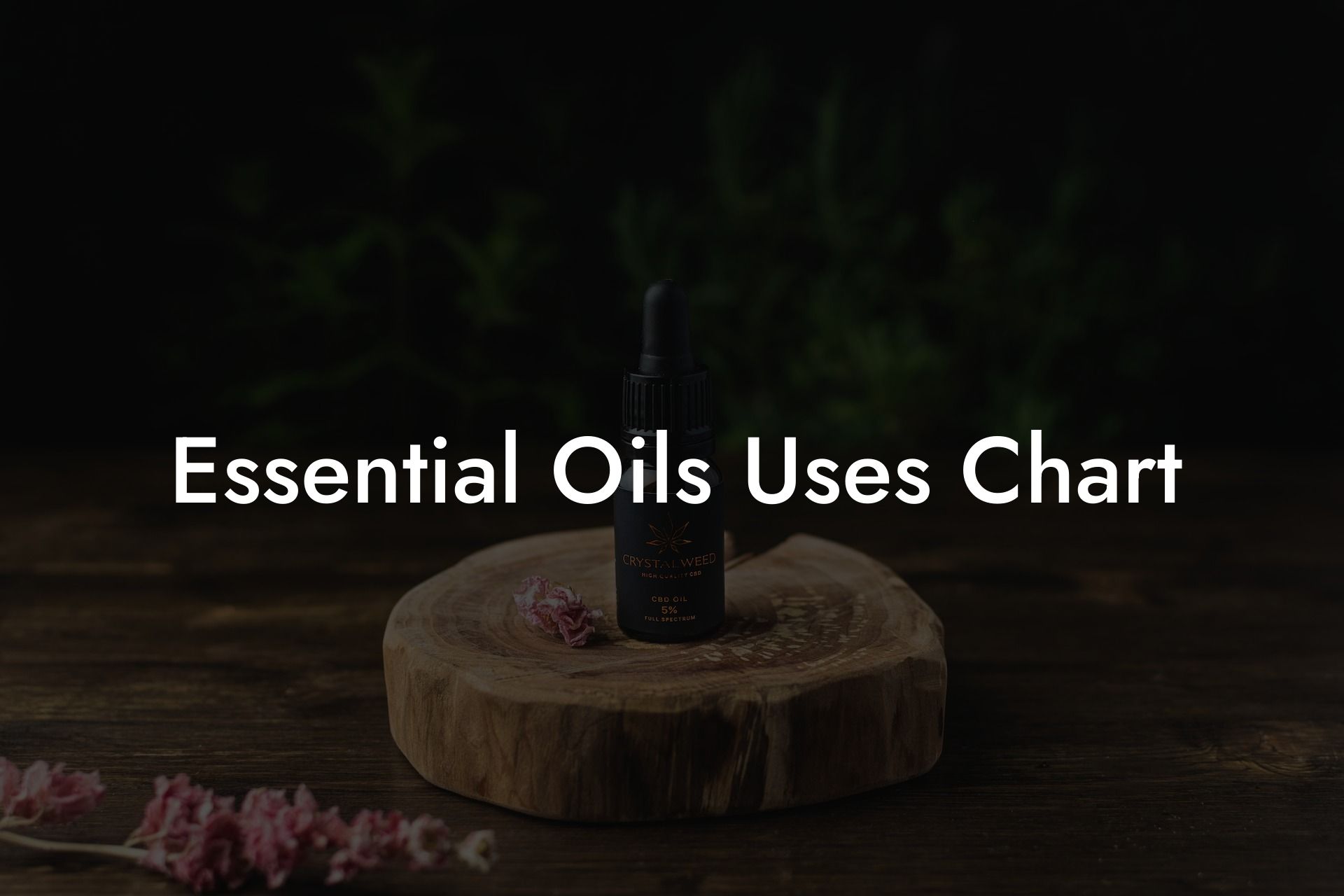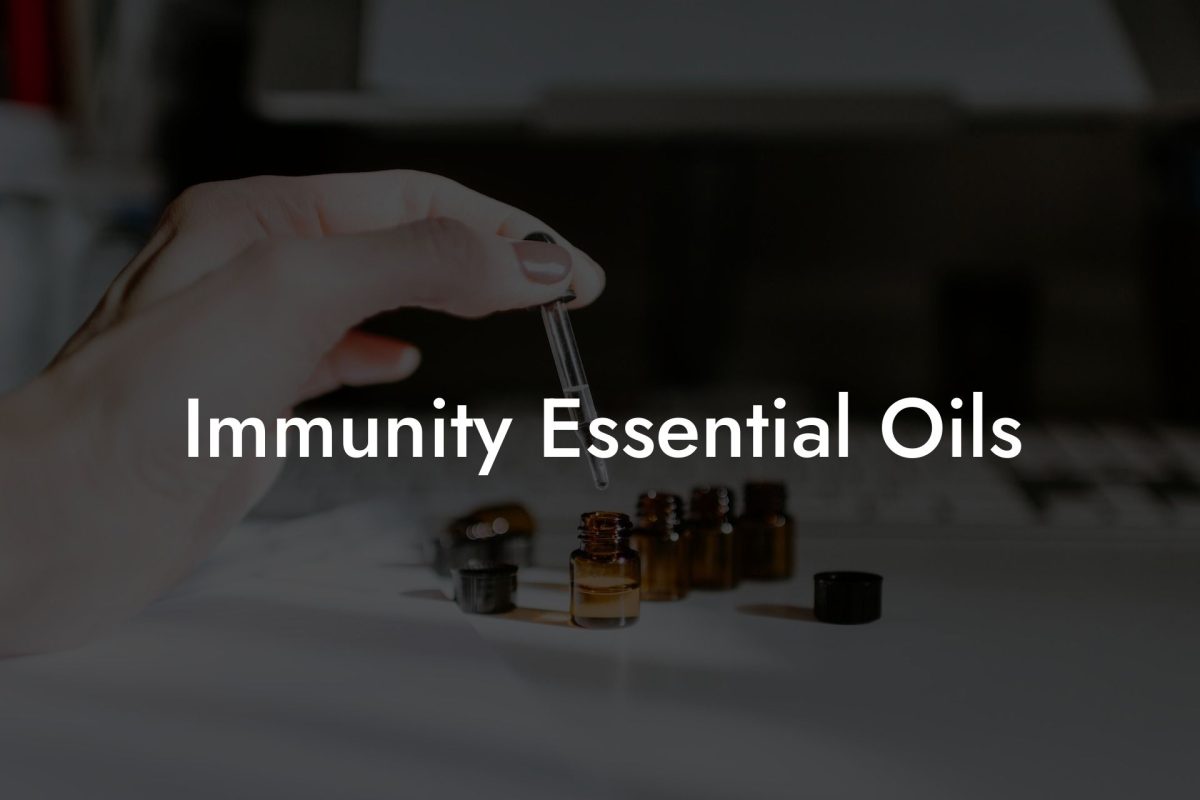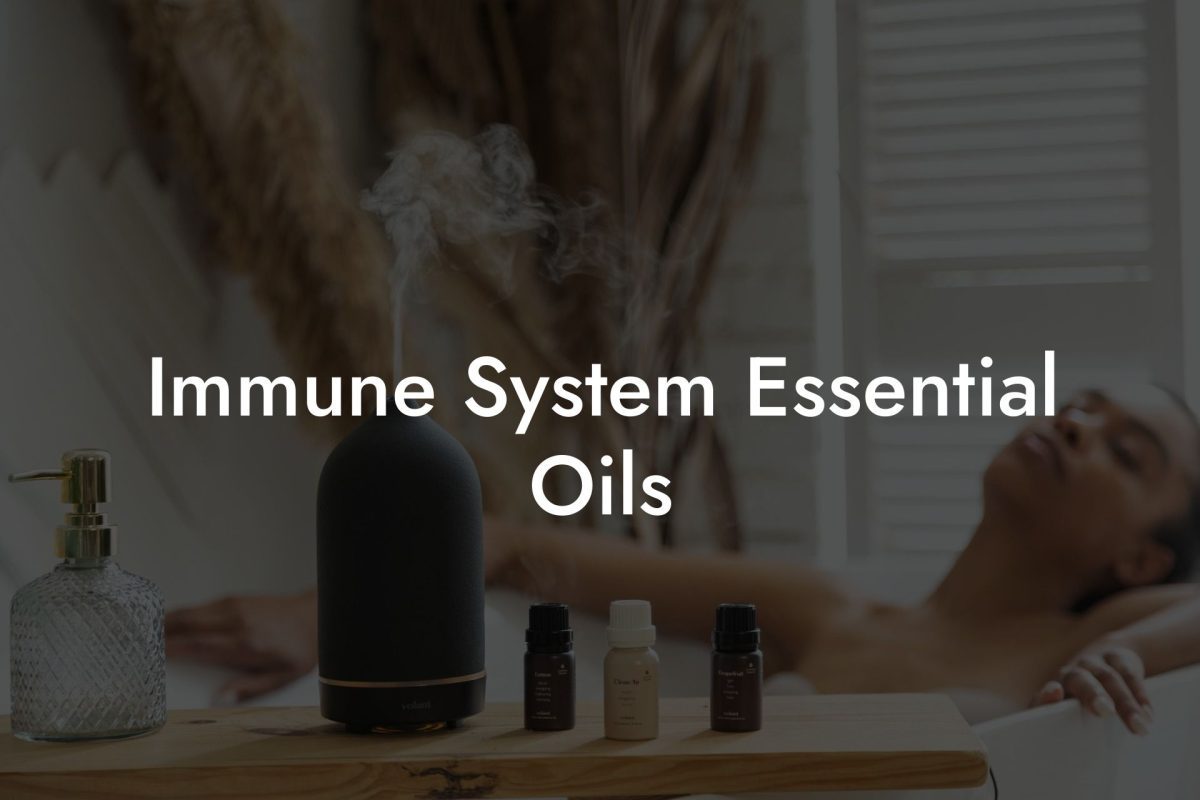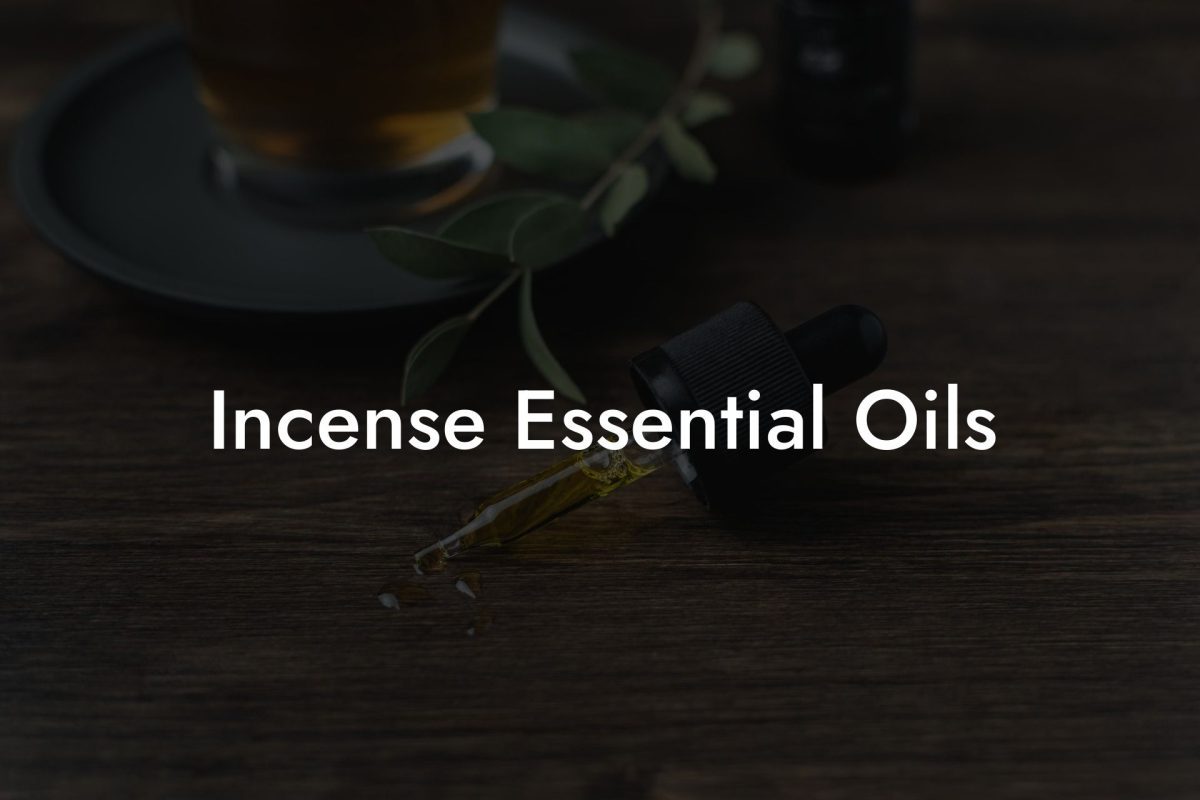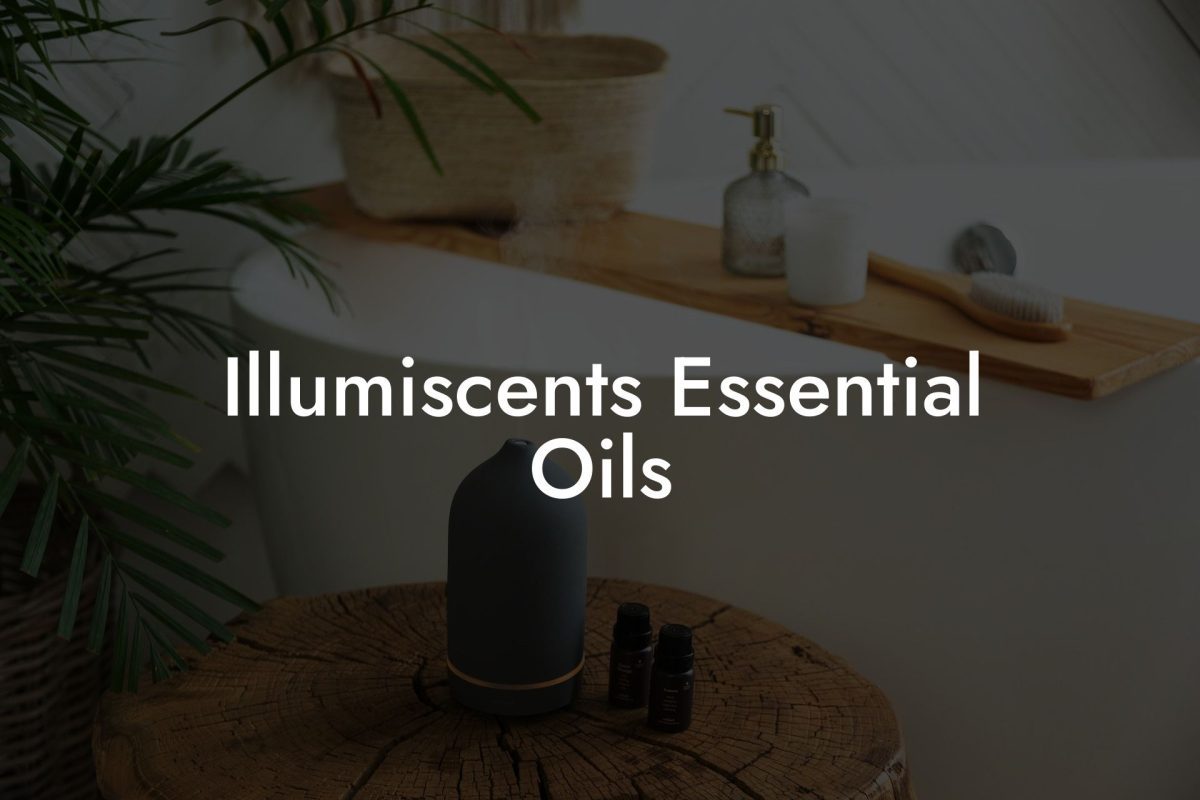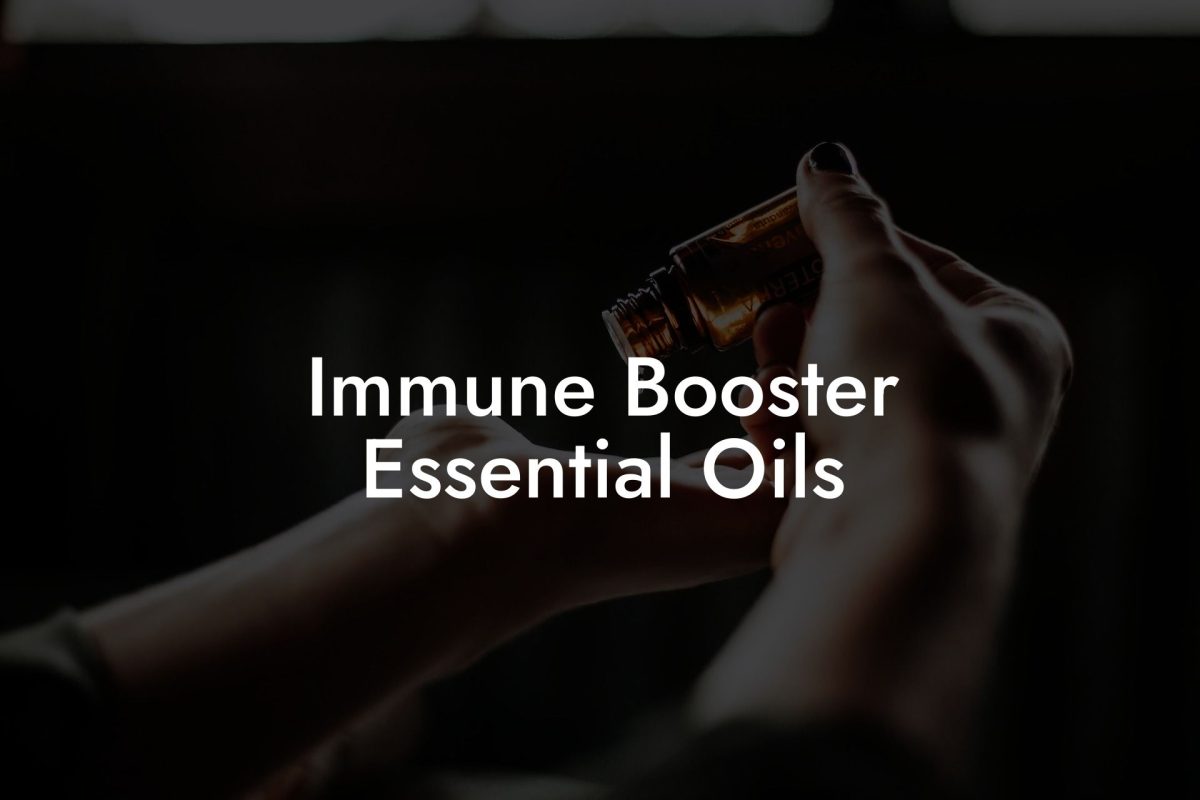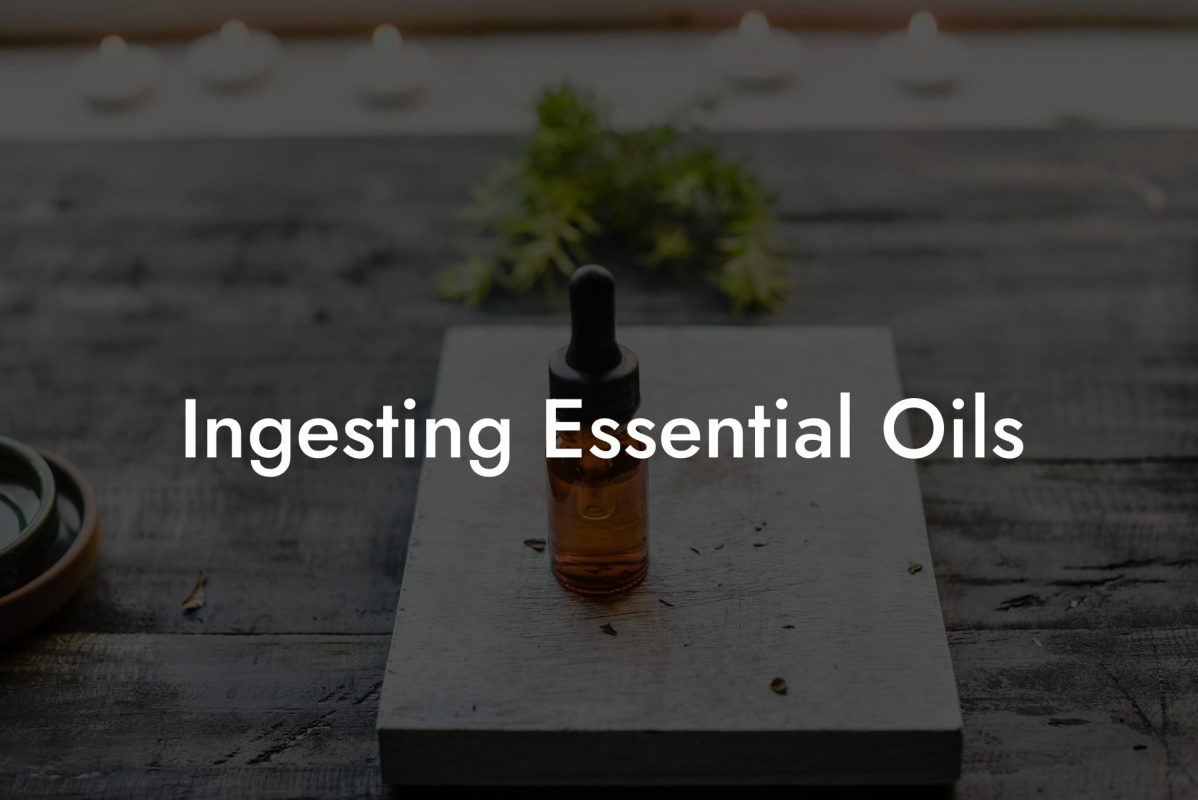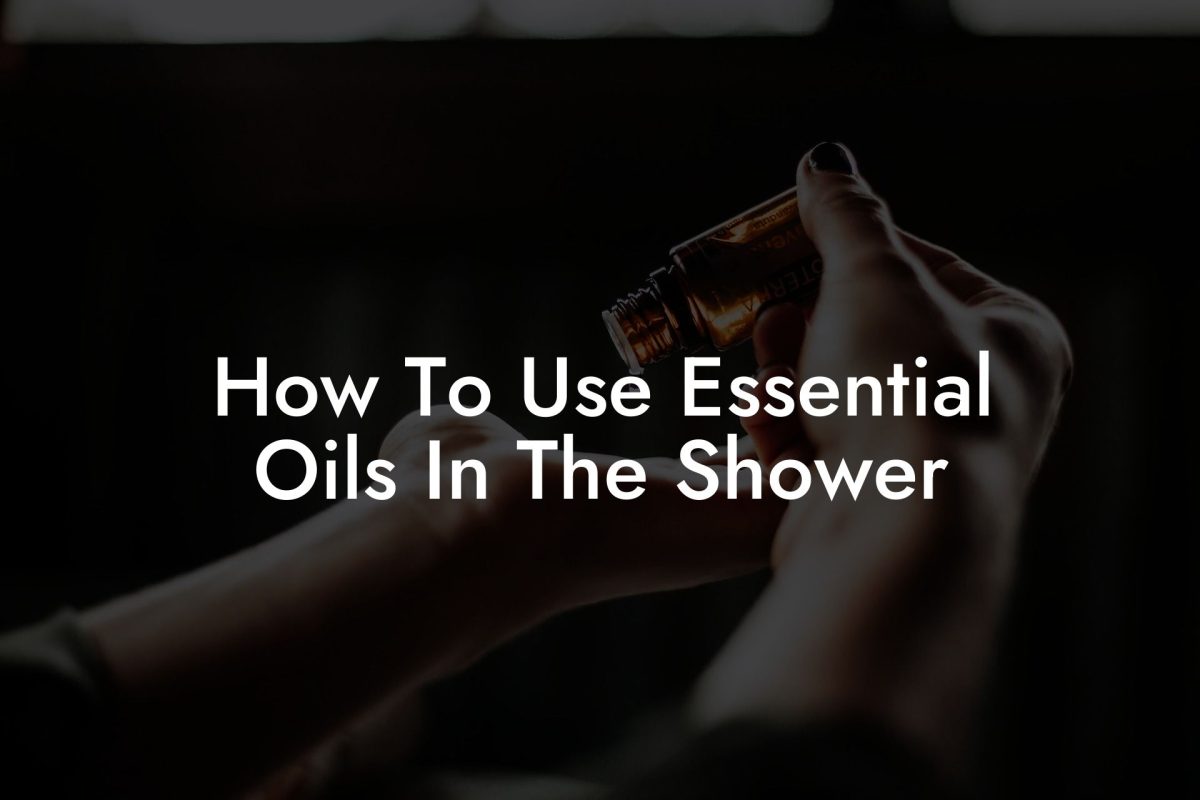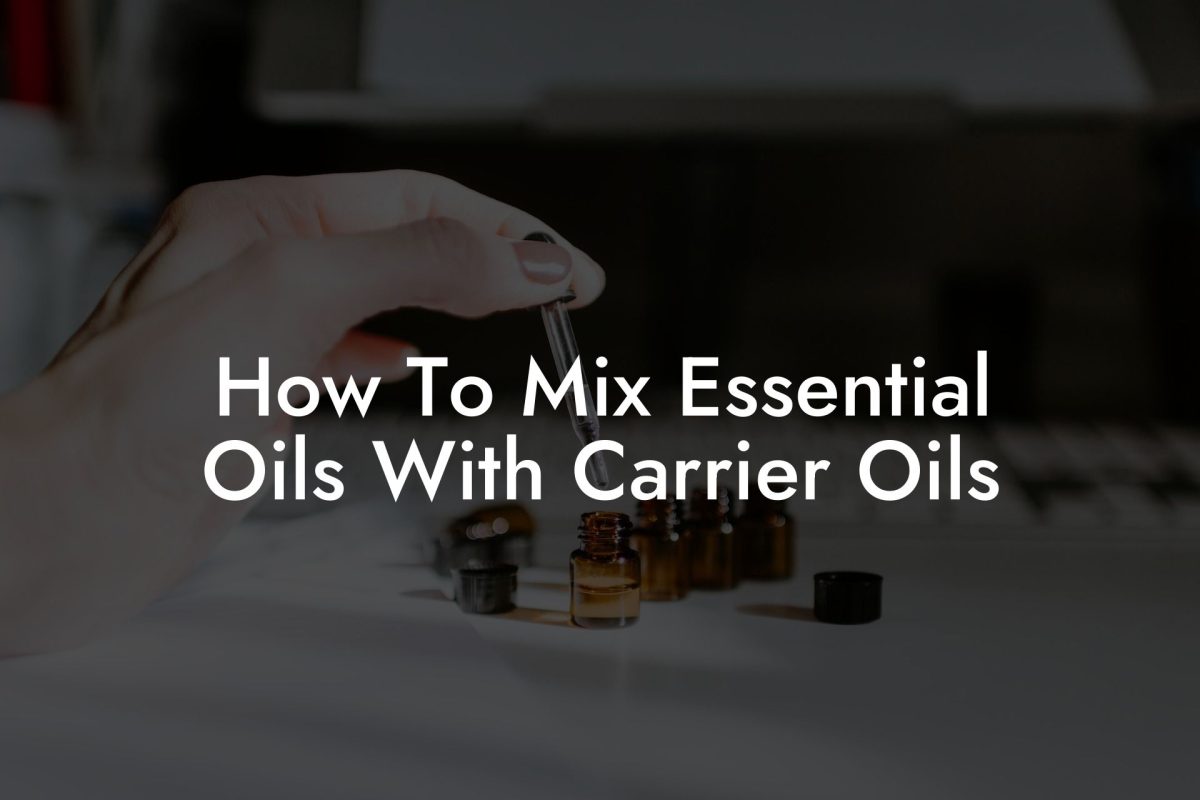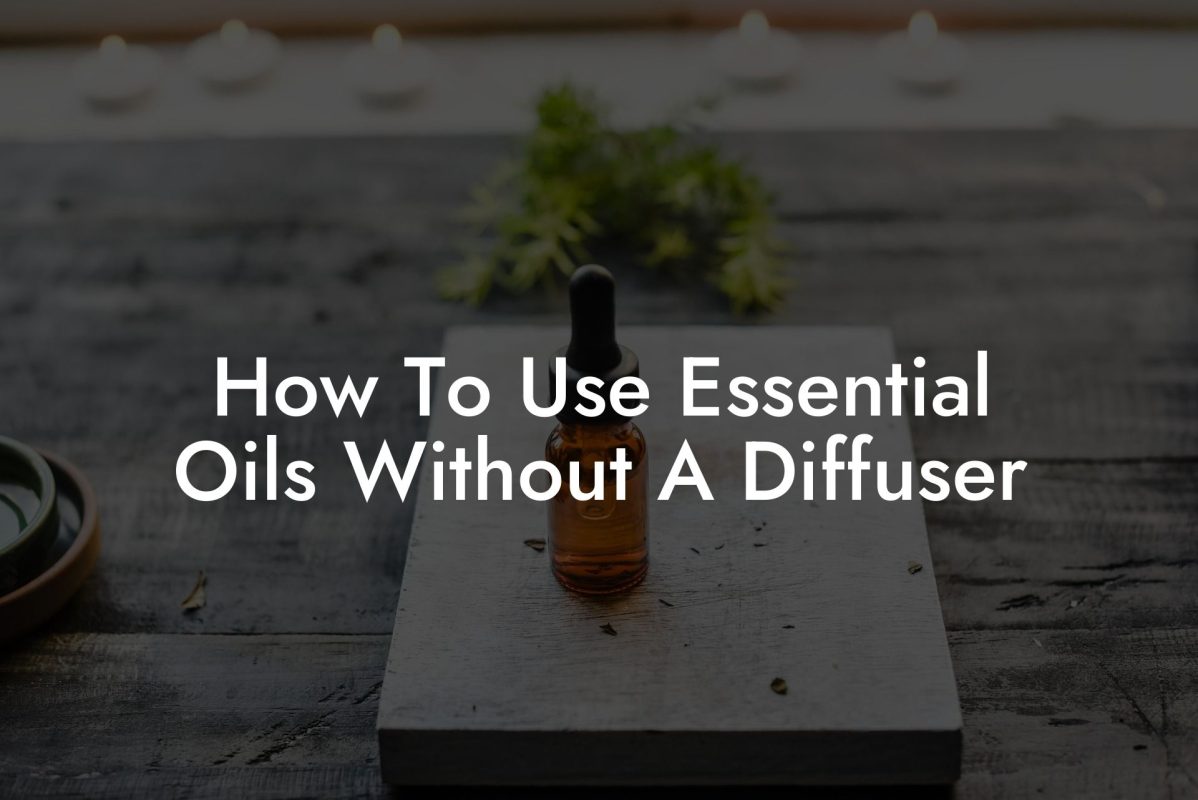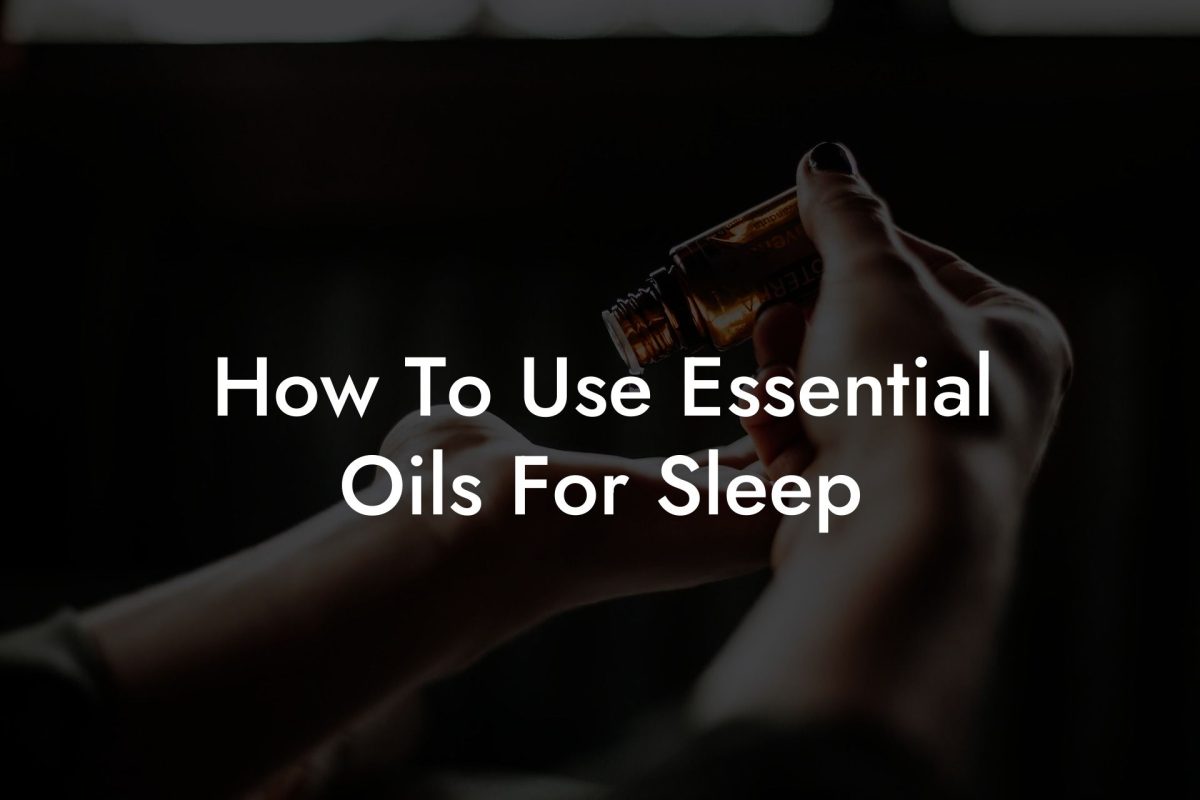Discover the incredible power of essential oils with our comprehensive Essential Oils Uses Chart. Unlock the secrets of aromacology and elevate your wellbeing by learning how to use these potent botanicals effectively.
Table of Contents
Oshu Oils Essential Oils Uses Chart
Our Essential Oils Uses Chart is designed to be a user-friendly, go-to resource for anyone looking to integrate essential oils into their daily life. The chart breaks down the most common essential oils, their various properties, and how they can benefit your overall wellbeing. Dive into the enchanting world of essential oils and the science of aromacology with this comprehensive chart.
1. Lavender
- Properties: Analgesic, anti-anxiety, calming, antispasmodic, anti-inflammatory, antimicrobial, sedative
- Uses: Promotes relaxation, aids in sleep, soothes headaches, eases muscle tension
2. Peppermint
- Properties: Analgesic, antispasmodic, cooling, energizing, expectorant, insect repelling, invigorating
- Uses: Boosts energy, relieves headaches and migraines, eases digestive upset, alleviates congestion
[Continue with a detailed list of other essential oils and their properties]
Proper Dilution and Application of Essential Oils
When using essential oils, it’s crucial to dilute them correctly. Essential oils are highly concentrated and should always be mixed with a carrier oil such as coconut oil, almond oil, or jojoba oil. The generally recommended ratio for dilution is 2% – 5 drops of essential oil per teaspoon of carrier oil.
Topical Application
Essential oils can be applied directly to your skin, but we recommend doing a patch test before widespread use to ensure no adverse reactions or skin irritations occur. After diluting appropriately, apply essential oils to the wrists, temples, back of the neck, behind the ears, or to the soles of the feet to benefit from their therapeutic properties.
Inhalation
Diffusers, personal inhalers, and steam inhalations are all effective ways to enjoy the benefits of essential oils through inhalation. Simply add the appropriate amount of essential oil to your diffuser or inhale directly from the bottle for a rejuvenating aromatic experience.
Essential Oils Uses Chart Example:
Imagine struggling with a tension headache and turning to lavender essential oil for relief. To use lavender oil topically, mix 5 drops of the oil with a teaspoon of carrier oil, then gently massage it into your temples and the back of your neck. Allow the soothing scent to ease the discomfort of your headache and the relaxing sensation to permeate your body as your headache subsides.
Now that you’re equipped with our comprehensive Essential Oils Uses Chart and a better understanding of proper application methods, you’re prepared to embrace the world of aromacology and harness the power of essential oils to enhance your overall wellbeing. Don’t forget to share this guide with friends and family, explore other informative guides on Oshu Oils, and bring the healing properties of our artisan essential earth oils into your daily routine. Your journey to a balanced, harmonious life is just a few drops away.

